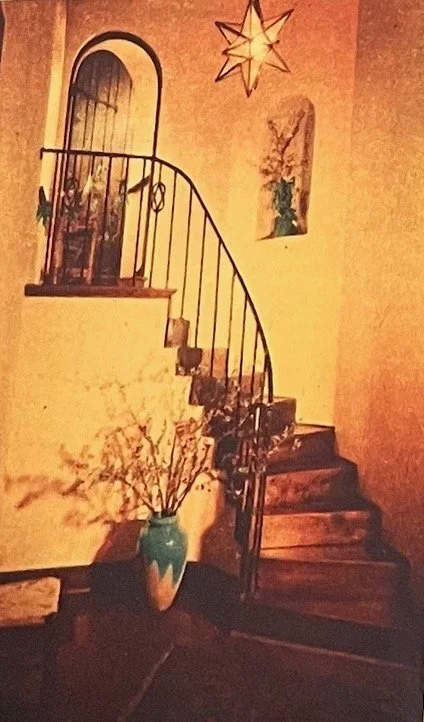The Satsuma Tea Room and Its Two Remarkable Founders
The Satsuma Tea Room, a well-loved downtown Nashville restaurant, was founded in 1918, two years before the 19th Amendment was ratified.
This is notable for two reasons. In addition to serving delicious Southern fare (sandwiches, turkey hash, dumplings, and baked goods), the eatery served as a popular meeting place for both suffragists and anti-suffragists.
Secondly, the restaurant’s female founders, Arlene Ziegler (b 1895) and Mabel Ward (b. 1882), set out in an old Saxon auto with a tent to find the perfect place to open a tearoom … before they had the right to vote or other advantages that businesswomen enjoy today.
Both women were home economics teachers, Ward taught at the college level and Ziegler focused on high school students. Ward, from Moss Point, Mississippi had served as department head at Mississippi State College for Women and taught summers in Chicago and in Nashville at Peabody College before moving to Brookings, South Dakota to teach at South Dakota State.
There, she met and taught the younger Ziegler. They both found classrooms too confining and felt compelled to put their knowledge into practice.
The two friends arrived in Nashville in October of 1918 with six tearoom tables and just enough pieces of Maddox fine china and linens. They found the right spot at 225 6th Ave. N., decorated the space in black and orange, and named their tearoom after the Satsuma Orange. Recipes they had collected were the fare.
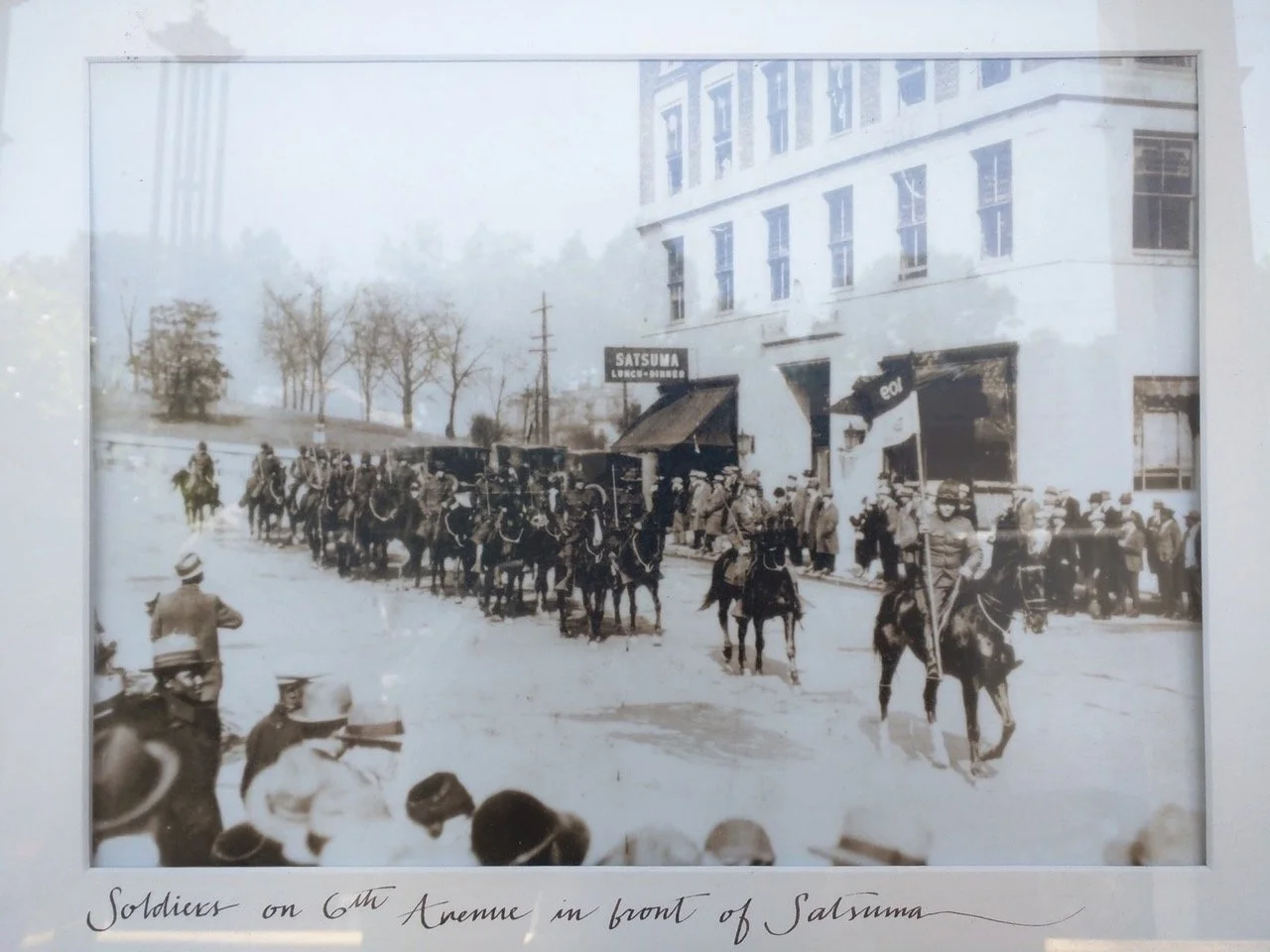

Early on, they boarded near Peabody, then moved to a apartment on Richland Ave.
In 1928, Satsuma moved to 320 6th Ave North.
That same year, the women began to wonder if they could manage a business and a household. They rented a house in Belle Meade and began planning a house in the country. They found 80 acres with a cabin and a barn on Otter Creek Road. Ward was quite the engineer and they engaged architect E E Dougherty (1876-1943), who designed the War Memorial Building. The women cleared much of the land themselves — all while running their very successful business.
In 1929, they moved into their beautiful wood and stone house on the hill.
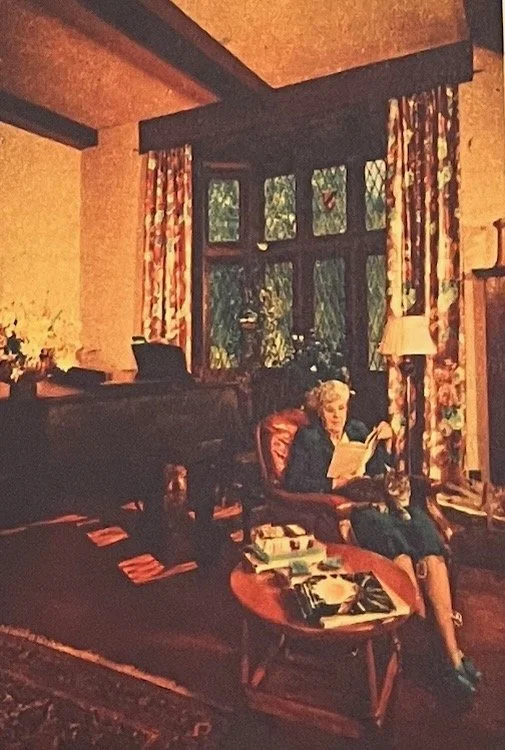
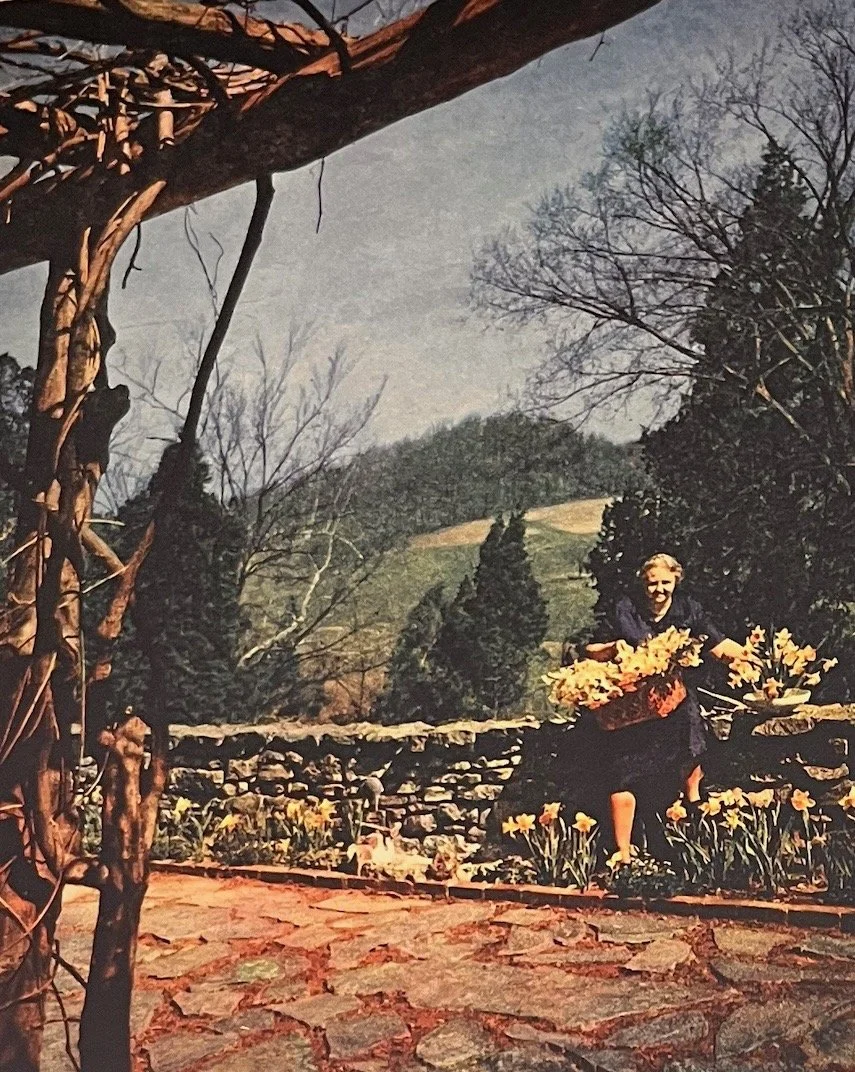

The two women took two trips each year, besides domestic travel, they went around the globe, from Hawaii to Mexico to Europe, collecting art and recipes. In 1939, they opened The Lookout Shop at 520 Union St specializing in Southern handmade arts and crafts, featuring merchandise they’d found on their travels around the South.
Margaret Croft of Grassmere joined The Lookout Shop as an owner and managed day-to-day operations. She sold her shares in 1945; Ward and Ziegler sold theirs in 1953. Over the years, the crafted items decorated their home as well as Satsuma.
Also in 1939, they rented their 4th Satsuma location at 424 Union. Ward drew the plans to look like Williamsburg. By a stroke of luck, Luke Lea’s mansion was being razed so Ward and Ziegler bought all of the yellow poplar paneling for $100 to cover the inside walls.
As before, the tables always had fresh flowers or greenery placed in vases or pots. The flowers were from their gardens, vessels from their collections.
In 1950, Ziegler persuaded her niece’s husband, Truman Smith, to come to Nashville and become a partner. Ward retired in 1953, and in 1956 Satsuma quit serving an evening meal.
Both women were clubwomen, belonging to the American Association of University Women, the Girl Scout Council and the Granny White Garden Club among others. They had beautiful gardens at their home. It was reported that Ziegler had 400 varieties of daffodils on the property. They gave numerous talks on gardening and their travels, and Ward raised Airedale’s.
Mabel Ward passed away in February 1970 at their home on Otter Creek. Eight months later, in October 1970, the house was destroyed by fire. Ziegler relocated to Wilsonia Ave.
Also in 1970, Satsuma moved to its final location 417 Union St. Ziegler retired in 1978 and passed away March 9, 1981.
The Smith family operated the restaurant until 1995 when two single mothers, who had been customers, bought the business. They were in over their heads and it passed 17 months later to Mary Donahue and her family. Mary had been a waitress at Satsuma for 22 years. Sadly, Satsuma and a tradition closed permanently April 13, 2001.
That said, Satsuma’s culinary impact lives on. Though Ward and Ziegler had said they would never share their recipes because those were their livelihood, Ziegler published Fun for the Cook, a compilation of many of their favorites, in 1968. It was said that Satsuma offered more desserts then any other restaurant, so it is no surprise that the dessert section in the book is by far the longest.


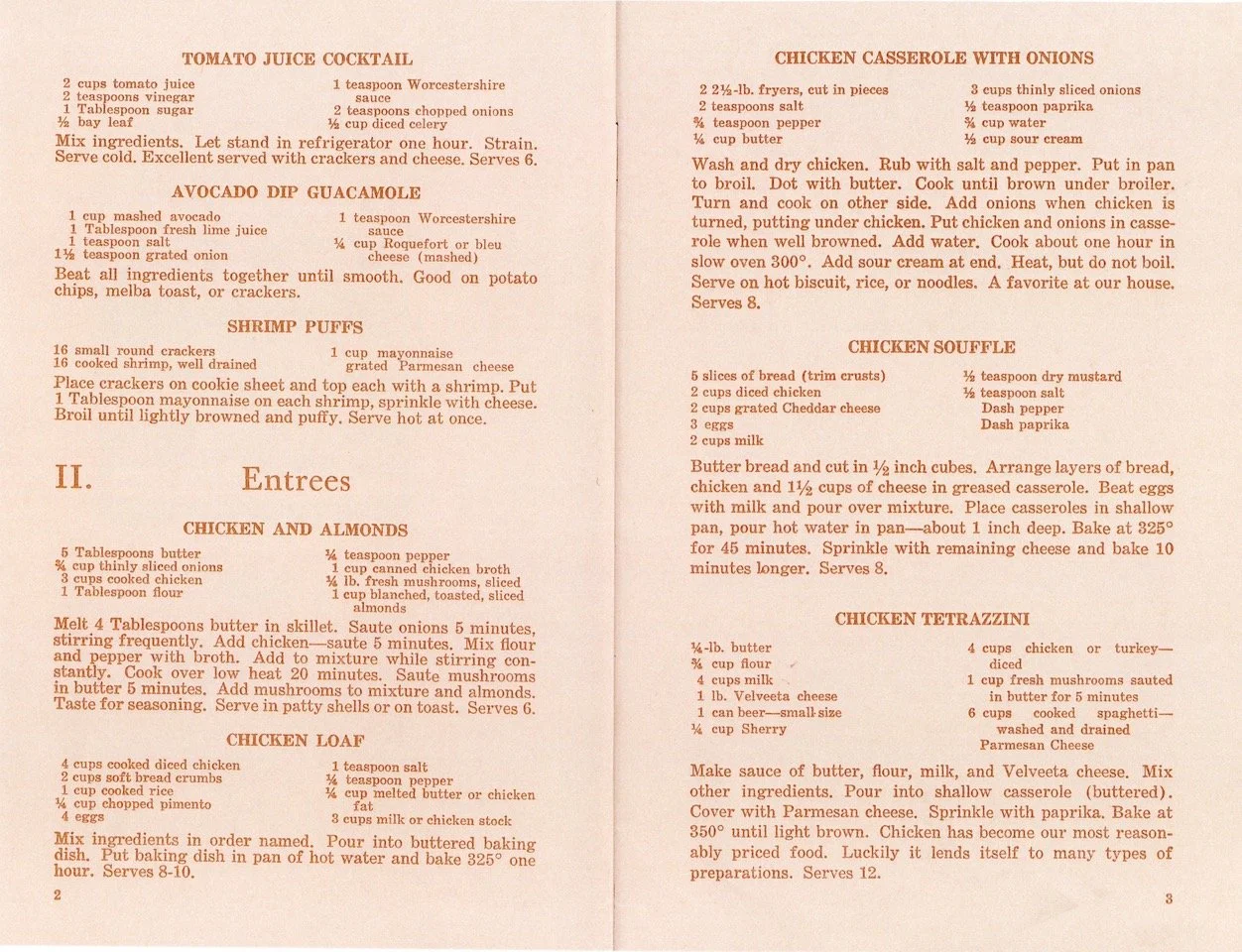
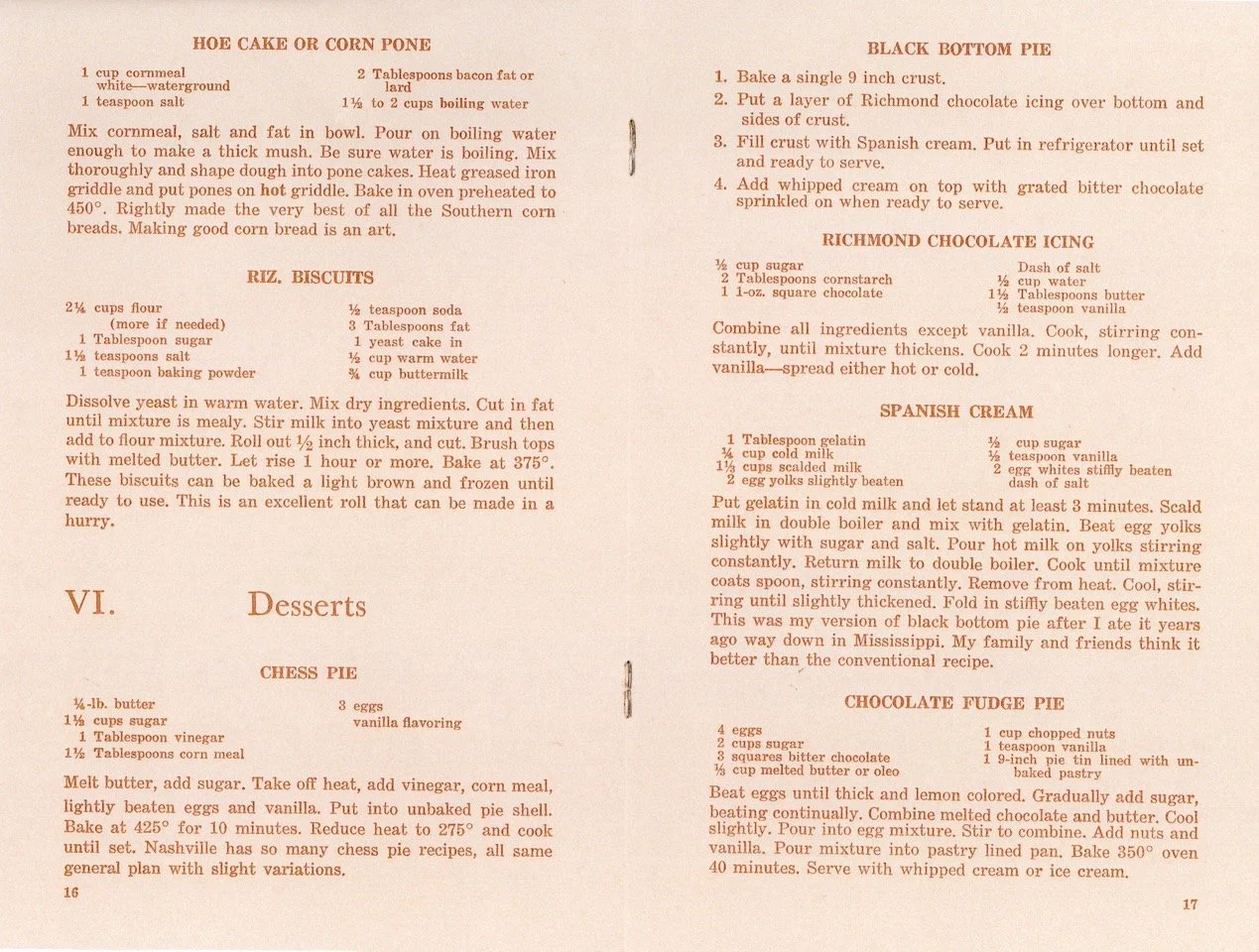
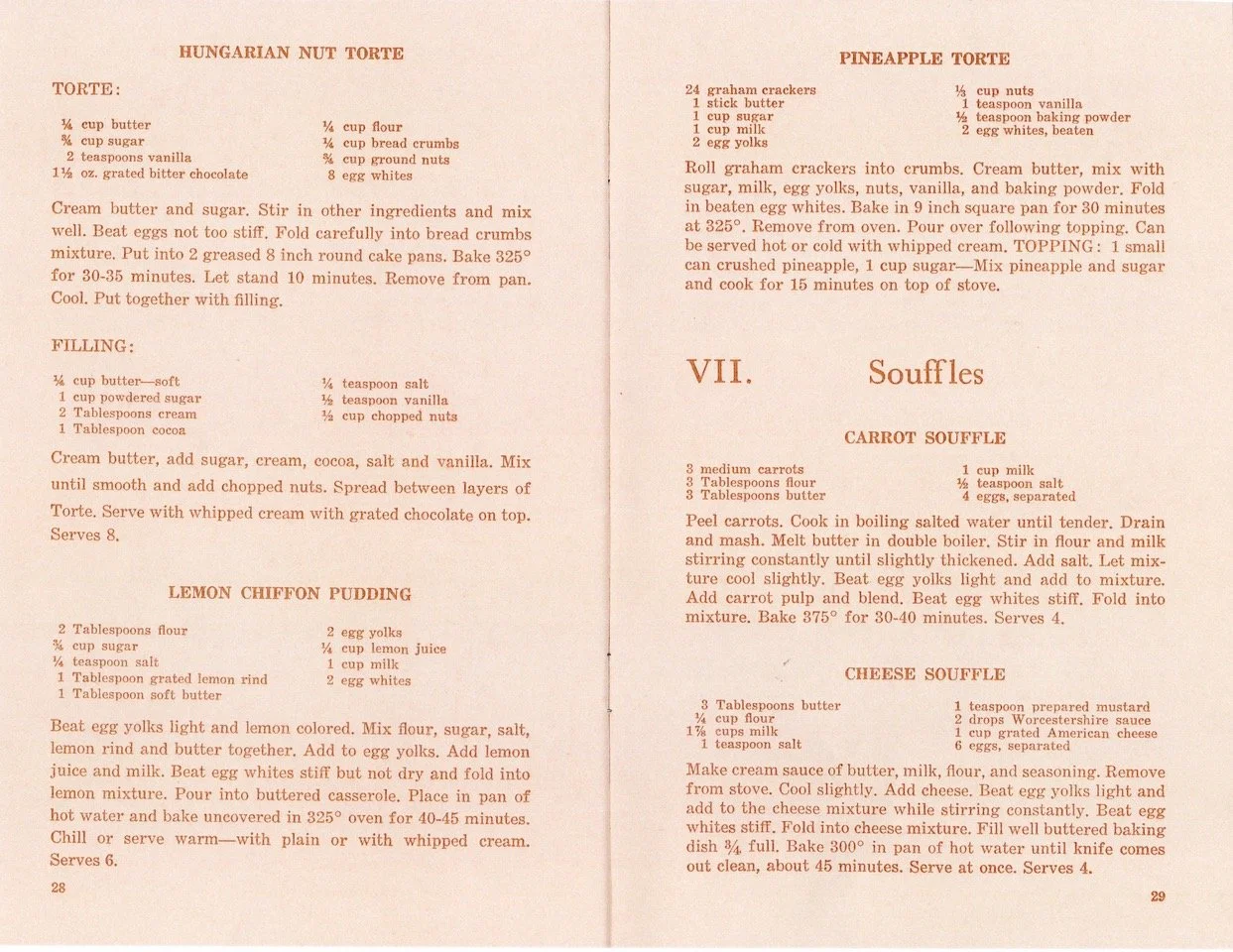
Contributed by Sandra Shelton



